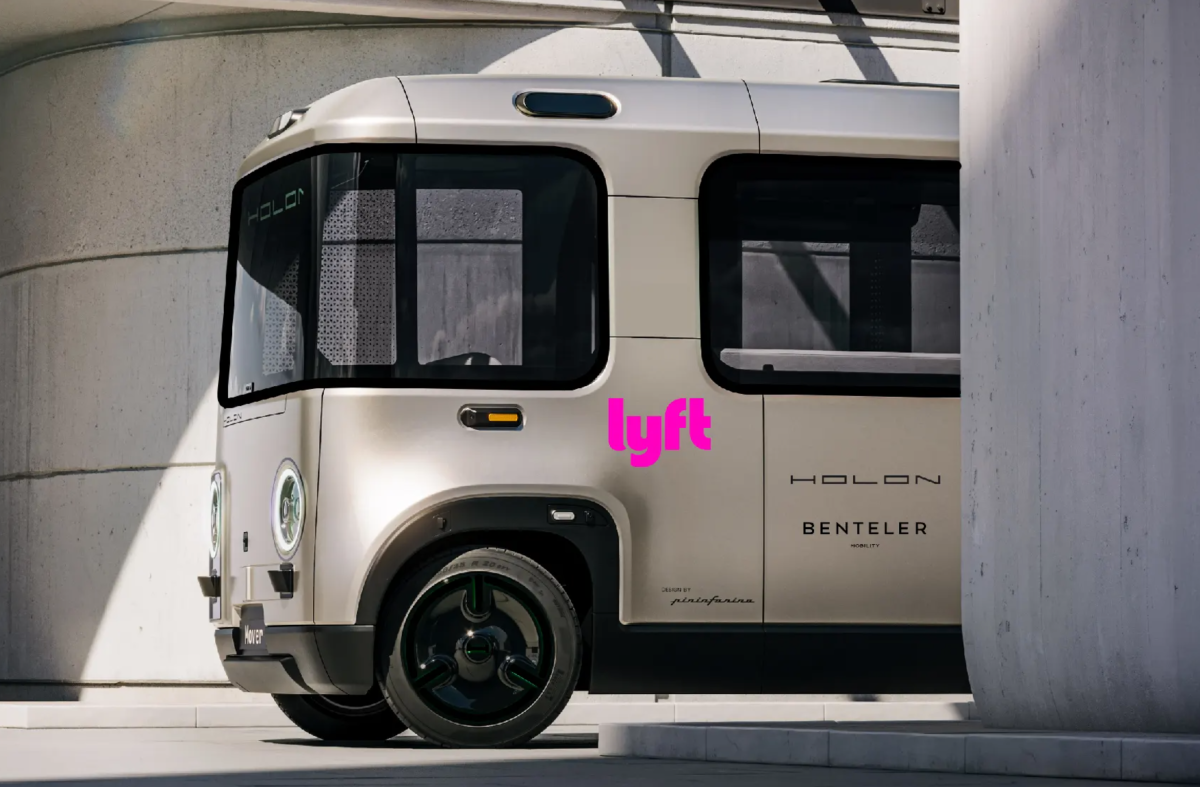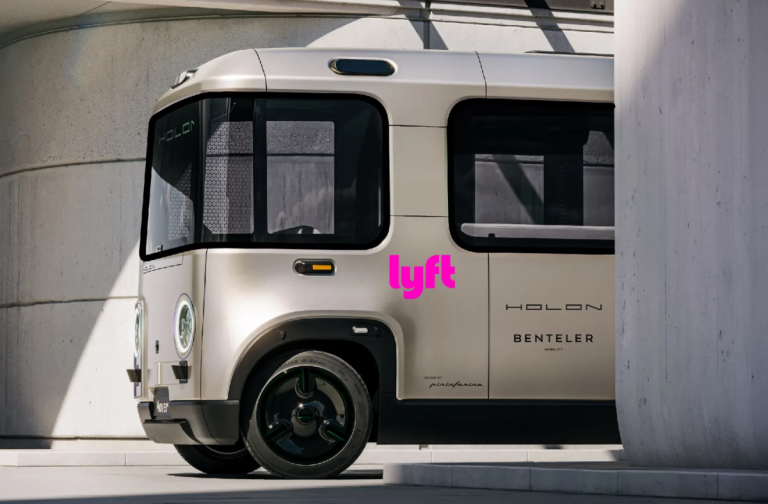Lyft has announced plans to integrate autonomous shuttles from Austrian manufacturer Benteler Group into its ride-hailing network by late 2026. These electric shuttles, branded under Benteler’s Holon mobility division, will initially launch in collaboration with U.S. cities and airports, with potential expansion pending successful deployment.
The Holon shuttles are designed without traditional controls such as steering wheels or pedals, prioritizing passenger capacity with space for up to nine seated and six standing riders. This layout emphasizes shared mobility, aligning with Lyft’s vision for efficient urban transportation. The vehicles will rely on autonomous technology developed by Mobileye, though Lyft clarified that the Benteler partnership is distinct from its existing collaboration with the Intel-owned company.
This move comes as Lyft’s competitor, Uber, accelerates its own autonomous vehicle strategy through a series of high-profile partnerships. In recent months, Uber has expanded its robotaxi offerings by adding Waymo and WeRide vehicles in multiple cities, along with agreements involving Baidu, Pony AI, Momenta, May Mobility, Volkswagen, and Wayve. Uber’s latest deal with Nuro and Lucid Motors further highlights the intensifying race to dominate the self-driving ride-hailing market.
While Lyft has tested autonomous vehicles with partners like May Mobility—set to debut in Atlanta later this year—its progress has been slower compared to Uber’s aggressive expansion. The Benteler shuttle initiative represents a strategic effort to scale autonomous solutions while focusing on shared, high-capacity vehicles. Analysts suggest this approach could differentiate Lyft in urban areas where efficient group transit is prioritized over individual rides.
As both companies vie for dominance, the success of these partnerships will depend on regulatory approvals, technological reliability, and public acceptance. The next two years are poised to reshape urban mobility as autonomous shuttles and robotaxis transition from pilot programs to mainstream services.















